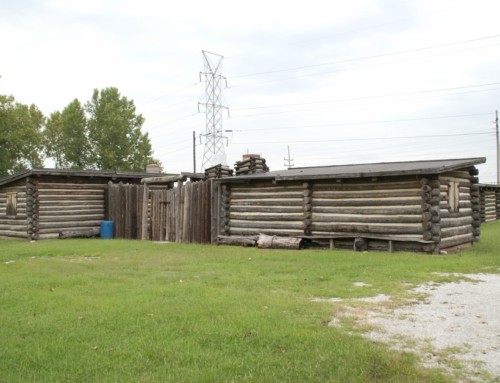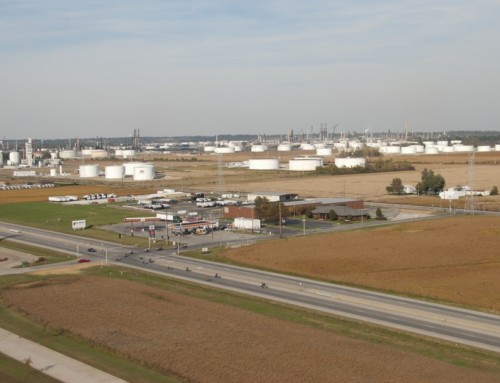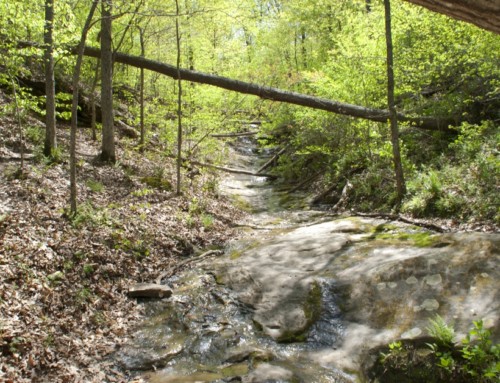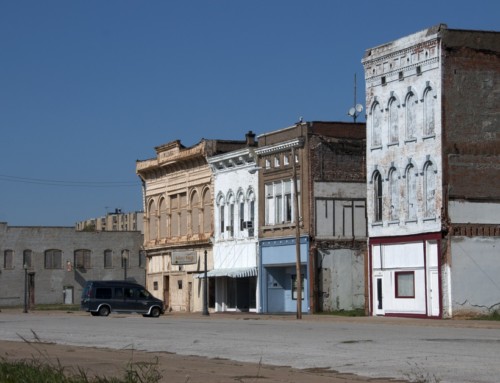Introduction
Pike Station sprung up near the foot of the bridge that connects Louisiana, Missouri with rural Illinois, a small community that is even smaller today than it used to be. The first bridge crossed here in 1873. Before there was a bridge, there was a ferry crossing and a few more houses.
Visitor Information
Get your questions answered from the folks at the Pike County Chamber of Commerce (217.285.2971).
History
In March of 1823, county commissioners issued a license to John Burnett to run a ferry to Louisiana, Missouri from here. The ferry had previously been run by James McDonald, but he had been murdered at the landing the year before, so there was an opening. To get the license, Burnett had to pay a $5 tax plus clerk’s fees. He also was required to publish a fee schedule: a single person or horse would be charged 25 cents; a wagon would cost 50 cents for the crossing, while a two-wheeled carriage would have to pay 75 cents.
The community, like the county, was named after Lieutenant Zebulon Pike, who was sent on a mission to explore the Upper Mississippi around the same time that Lewis and Clark went west along the Missouri River. Pike’s mission was far less successful than the Lewis and Clark expedition, but that didn’t stop folks from naming places after him.
Pike County was organized in 1821 and included far more land than it does today. Much of the land in the county was deeded by the federal government to veterans of the War of 1812, but many chose to sell it rather than settle on it. The early group of Europeans to arrive in the county was a pretty mixed bunch: Yankees (especially from Massachusetts), Southerners (particularly from Virginia, Kentucky, and Tennessee), plus new immigrants from Europe (British, Irish, Germans).
Early Pike County was pretty remote, and the folks who lived there weren’t seen as especially sophisticated, which may be part of the reason that Pike County became “…a generic term for the outréism of the unsophisticated, outspoken, and outlandishly frank westerner…” (from The Boyhood of John Hay, by A.S. Chapman; Century Magazine, July, 1909; p. 449)
The county, like many others on the frontier, had a burst of activity that included a whole bunch of false starts. Between 1834 and 1837, twenty-three towns were platted; only Atlas had been platted prior to that. Much of this activity was fueled by speculators eager to profit from the new Illinois-Michigan Canal that connected the Great Lakes to the Illinois River (and the Mississippi); many of the towns never developed, though.
Before the Civil War, Pike County had four Mississippi Landings: Douglasville (across from the river from Hannibal), Cincinnati Landing (in Pleasantvale Township), Gilgal Landing (in Atlas Township), and Odiorne Landing (1 ½ miles downriver from Gilgal Landing). Cincinnati Landing was the busiest of the four, but, like the others, it couldn’t survive repeated flooding and the arrival of the railroads.
At the dawn of the Civil War, the hottest issue in the county was whether or not pigs should be confined (they roamed freely around the streets of every village and some people thought they were a nuisance). In May 1860 the free-range hog lobby carried the day on the ballot. The Pike County Journal the following week proclaimed:
…the anti-shut-up-hog ticket carried by 35 majority. The momentous question is now settled. The hogs are free and the Union is safe.
Copperheads, Black Republicans, and Bushwackers: Pike County, Illinois and the Civil War. Walter S. Waggoner; 1999; p. 8.
In the presidential race of 1860, the county supported Douglas over Lincoln (the strongest support for Douglas was in the townships along the Mississippi River). Even though county residents had divided loyalties, Pike County still sent over 3,000 men to serve in the Civil War, or about 10% of the county’s total population.
**Looking for more places to visit along the Mississippi River? Check out Road Tripping Along the Great River Road, Vol. 1. Click the link above for more. Disclosure: This website may be compensated for linking to other sites or for sales of products we link to.
Where to Sleep
Camping
Two Rivers Marina (13495 US Highway 54; 217.437.2321) has 24 full-service sites, with showers and WiFi.
Camping is also permitted at Gosline Access, just off Highway 54 and downriver of the Champ Clark Bridge; there are no services.
Where to Go Next
Heading upriver? Check out Atlas.
Heading downriver? Check out Pleasant Hill.
Community-supported writing
If you like the content at the Mississippi Valley Traveler, please consider showing your support by making a one-time contribution or by subscribing through Patreon. Book sales don’t fully cover my costs, and I don’t have deep corporate pockets bankrolling my work. I’m a freelance writer bringing you stories about life along the Mississippi River. I need your help to keep this going. Every dollar you contribute makes it possible for me to continue sharing stories about America’s Greatest River!
©Dean Klinkenberg, 2024, 2021, 2018,2013,2011






